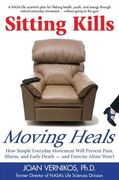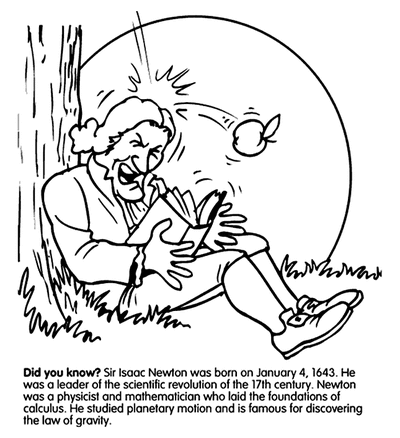
your concept of gravity and its purpose for form and function downside up.

- Atrophy and fatty infiltration of the multifidi (stabilizers of the spine),
- Incoordination of movement patterns
- Decreased balance
- Increased blood pressure
- Decreased endurance
- Decreased strength
- Balance problems
- Stooped posture (lack of use atrophies stabilizer muscles that support spine)
- Sluggish gut
- Urinary incontinence (even in young women)
- Increased fatigability
- Decreased testosterone, decreased growth hormone
- Aching joints
Look familiar?
Despite decades of increasing popularity of exercise and fitness as well as the inundation of diet and nutrition information via the internet, these correlations are made and the likelihood of obesity and lifestyle related disease is increasing annually. According to Dr. Vernikos:
“The key to lifelong health is not going to the gym 2-3 times per week for 30 minutes; it’s low-intensity non-exercise movements throughout the day.” See a few tips below to bring this into practice."

- Gravity shapes our bodies as we develop; moving and playing throughout the day as children.
- We begin to sit upward of 8 hours per day starting when we begin school as children.
- As opposed to standing, the typical seated position (relaxed with back against the chair and head in front of the center of mass) cuts off our body’s ability to distribute force evenly throughout the entire body’s myofascial system.
- When ligaments stay at one length for 20 min they change their length to match the new demands. Passive sitting (disengaged) for longer than 20 minutes promotes us becoming chair-shaped.
- If you're going to sit, make it an active process; sit tall & breathe deep. Then, alternate between sitting and standing every 20 minutes.


 RSS Feed
RSS Feed
